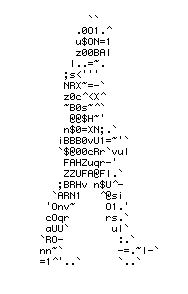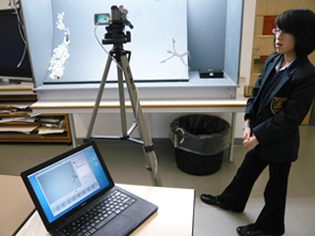The Story Teller's Apprentice
Animation

The photograph below shows one of my students animating magnetic articulated figures (in a light box that I acquired from a bankrupt print works).
While the animations themselves can be the final outcome of the project, I am keen to explore the possibilities of creating digital story books, where the illustrations are short, possibly interactive animations. In relation to working with students, this opens up the possibility of group work, where smaller groups of students work on individual interactive illustrations, that are then collated into the finished book, which is the work of the whole group. I am inspired by the Aardman website, which features reciprocating interactive flash animations.

This ‘matching’ would be the primary challenge with the ‘story teller’s apprentice’ in relation to the creation of random fairy tales composed from the blocks of text that students input; to maintain the mimetic believability of the whole through the way in which each block is structured. In the game ‘consequences’ this is tightly controlled; ‘he said’, she said’, ‘they were’... In other online games of this sort that I have found, much of this element of the text is already written, with only names and a few key places or words being added. It may be that what I have in mind is not actually achievable without a very tight structure.
I am really looking at two different concepts. One that is to do with a random juxtaposition of elements, which relies heavily on coincidence, and is primarily relevant to ‘the story tellers apprentice’, and separately, how to combine the work of individuals, or small groups, into a larger group production; a concept that is more relevant to my classroom practice.